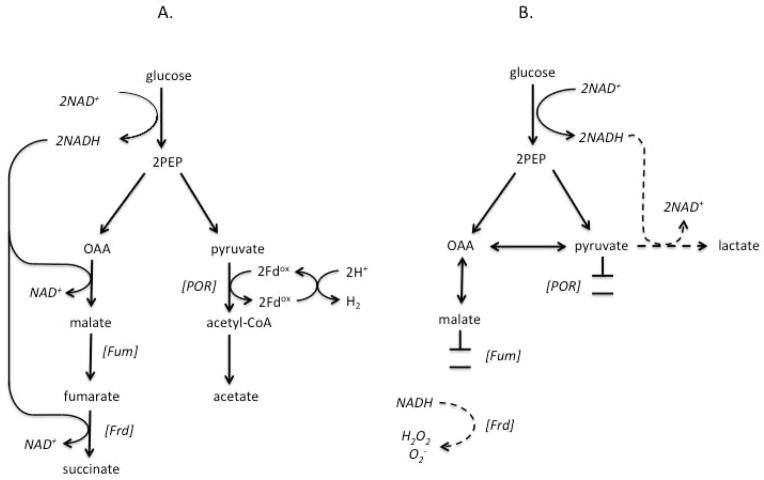Fig. 11. Schemes of metabolic flow in anoxic and aerated B. thetaiotaomicron.
(A) Anaerobic metabolism. NADH generated during glycolysis is reoxidized through reduction of PEP to succinate. Other PEP is oxidatively decarboxylated by pyruvate:acceptor oxidoreductase (POR), with transfer of electrons via a carrier (here, ferredoxin, Fd) to hydrogenase. (B) Metabolism upon aeration (Pan & Imlay, 2001). The inactivation of fumarase blocks NADH reoxidation, and in the absence of fumarate the residual electron flow to fumarate reductase is likely to allow its autoxidation with ROS formation. POR loses activity, eliminating its reduction of univalent acceptors. NADH reoxidation through pyruvate reduction is not adequate to sustain glucose catabolism. Abbreviations: PEP, phosphoenolpyruvate. OAA, oxaloacetate. Fum, fumarase. Frd, fumarate reductase. POR, pyruvate:acceptor oxidoreductase. Fd, ferredoxin.

